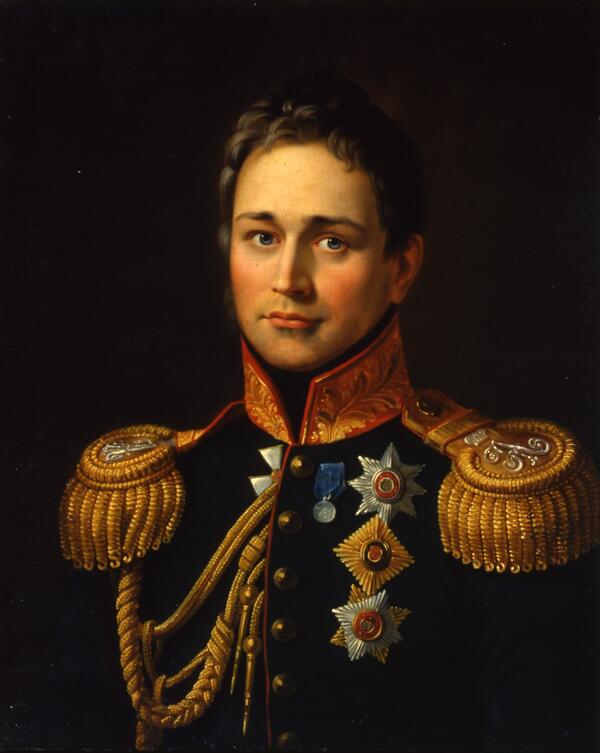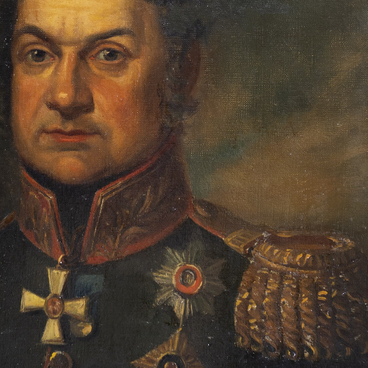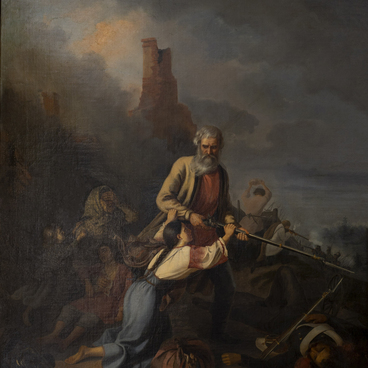Count Mikhail Semyonovich Vorontsov was the son of an infantry general, Count Semyon Romanovich Vorontsov. He spent his childhood and youth in the United Kingdom, where his father was an ambassador for many years, and received a good home education. In 1786, he was enlisted in the Preobrazhensky Life Guards Regiment as a corporal.
In 1801, Mikhail Vorontsov began his military service as a second lieutenant. In 1803, he volunteered to battle mountaineers in the Caucasus and participated in the Russo-Persian War. He led the Narva Musketeer Regiment as a colonel in the Danube Army, and in 1810 he was promoted to major general for bravery during the storming of Pazardzhik.
In 1811, the count compiled the “Instruction to the Officers of the Narva Infantry Regiment on the Day of the Battle”, which was later printed for distribution in the regiments of the Second Western Army. In 1812, he commanded the 2nd Grenadier Division and took part in the battles of Mir, Romanovo, Saltanovka, Smolensk, and Shevardino.
In the Battle of Borodino, Mikhail Vorontsov defended the Bagration flèches and was wounded by a bullet in the leg. The count was awarded the Order of St. Anna, 1st class, with diamonds for distinction. While recovering, he established a hospital for soldiers and officers on his estate in the Vladimir Governorate. After recovering, he commanded the vanguard of the Third Western Army.
In 1815 the count was promoted to adjutant general and later commanded the Russian Occupation Corps in France for several years. When leaving for Russia, he paid all the debts that his officers had incurred with his own money.
In the 1820s, Mikhail Semyonovich Vorontsov became one of the military commanders whose portrait was painted by the English artist George Dawe to be displayed in the Military Gallery of the Winter Palace. The artist depicted Mikhail Vorontsov in the military uniform of the adjutant general of the 1815 model with the stars of the Orders of St. Alexander Nevsky and St. Vladimir, 1st class, with the star and badge of the Order of St. George, 2nd class, and a silver medal “In Memory of the Patriotic War”.
The Borodino Museum-Reserve houses a reproduction of Dawe’s portrait. It was painted by an unknown artist in the first half of the 19th century. The artist slightly changed the position of the head, styled the collar differently, and opted for a black background.


